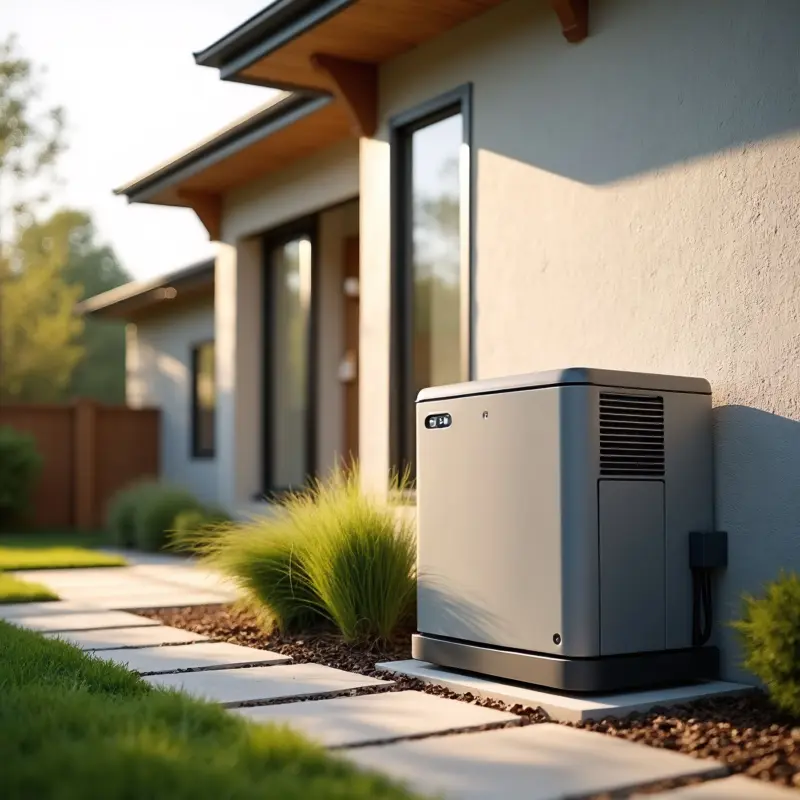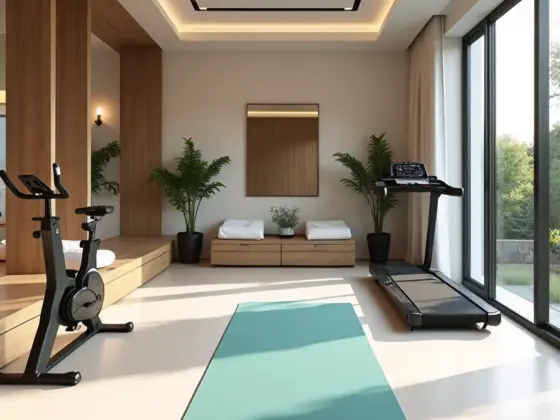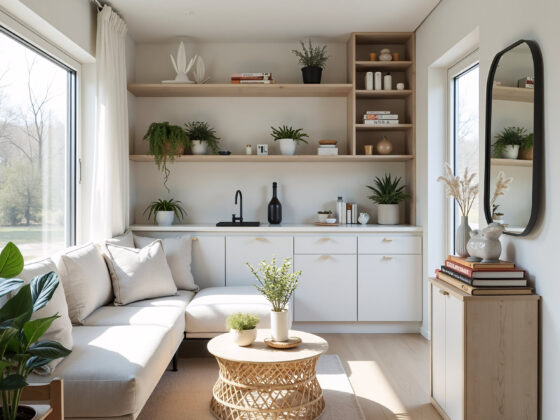When the power goes out, everything—from your heating and cooling systems to your internet connection—can come to a grinding halt. That’s where a whole-home generator comes in. Whether you’re building a new home or upgrading your current one, installing a whole-home generator is a smart investment in safety, comfort, and peace of mind.
In this article, we’ll explore what whole-home generators are, why they matter, and how to add one to either new construction or an existing home.
What Is a Whole-Home Generator?
A whole-home generator, also called a standby generator, is a permanently installed backup power system that automatically kicks in when your home loses electricity. Unlike portable generators, these systems are wired directly into your home’s electrical panel and fueled by natural gas, propane, or diesel. They can power everything from lights and appliances to your HVAC system and medical devices—without lifting a finger.
Why Consider a Whole-Home Generator?
1. Seamless Power During Outages
No more scrambling for flashlights or dealing with spoiled groceries. These generators start automatically within seconds of an outage.
2. Protect Your Home Systems
Keep essential systems like sump pumps, security systems, and refrigeration up and running—even during extended blackouts.
3. Increase Property Value
Buyers are increasingly looking for homes with built-in resilience. A whole-home generator can add significant value to your property.
4. Peace of Mind
Whether you’re away on vacation or sheltering during a storm, a generator ensures your home stays functional and protected.
Installation Options: New Build vs. Existing Home
New Construction Integration
Building a home from the ground up? Now’s the perfect time to include a generator in the design. You’ll save on labor, streamline installation, and can easily plan for:
- Optimal placement with ventilation and access
- Gas line and electrical integration during initial utility setups
- Permits and inspections that align with your broader build timeline
Retrofitting an Existing Home
Adding a generator to a current property is completely doable—here’s what to expect:
- Site Evaluation – A technician will assess your home’s electrical needs, preferred location, and fuel availability.
- Fuel Source – If you have natural gas or propane, you’re likely ready to go. Otherwise, tank installation may be required.
- Electrical Panel Work – Your electrician will install a transfer switch, which routes power from the generator during outages.
- Permitting and Inspection – Local building codes and utility providers may require inspections, but your installer typically handles the paperwork.
How to Choose the Right Generator
1. Size and Capacity
You’ll need to determine how much of your home you want to power. Some homeowners choose essential-only coverage (like fridge, HVAC, and lights), while others opt for full-home capacity. A generator’s size is measured in kilowatts (kW), typically ranging from 10kW to 24kW or more.
2. Fuel Type
Most whole-home generators run on:
- Natural Gas – Clean, reliable, and plumbed directly to your home.
- Propane – A good option if natural gas isn’t available.
- Diesel – Less common for residential but powerful and efficient.
3. Brand and Warranty
Look for trusted brands like Generac, Kohler, or Briggs & Stratton. A good system should come with at least a 5-year warranty.
Maintenance Tips
Just like a car engine, generators need regular maintenance to run efficiently. Consider:
- Annual service checks by a professional
- Oil and filter changes
- Routine test runs, often weekly and automated
- Fuel inspections to prevent clogs or leaks
Some modern systems even offer remote monitoring apps, so you can check generator status from your phone.
Final Thoughts
Adding a whole-home generator is about more than convenience—it’s about protecting your investment, staying safe during emergencies, and bringing long-term value to your property. Whether you’re planning for the future or responding to increasingly frequent power outages, it’s one upgrade you’ll never regret.
So the next time the lights go out, your home doesn’t have to.








